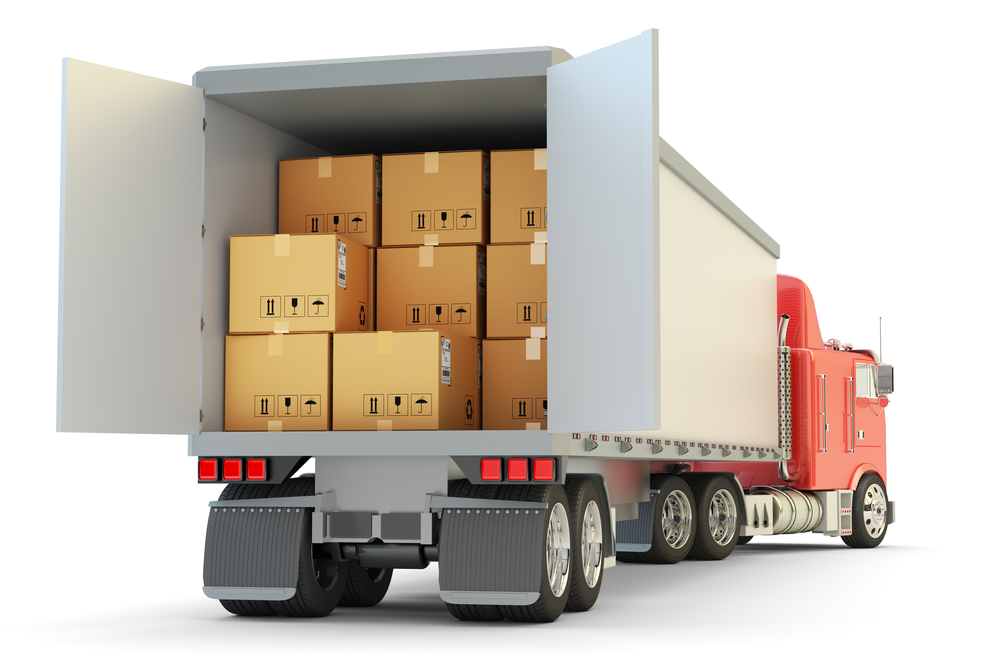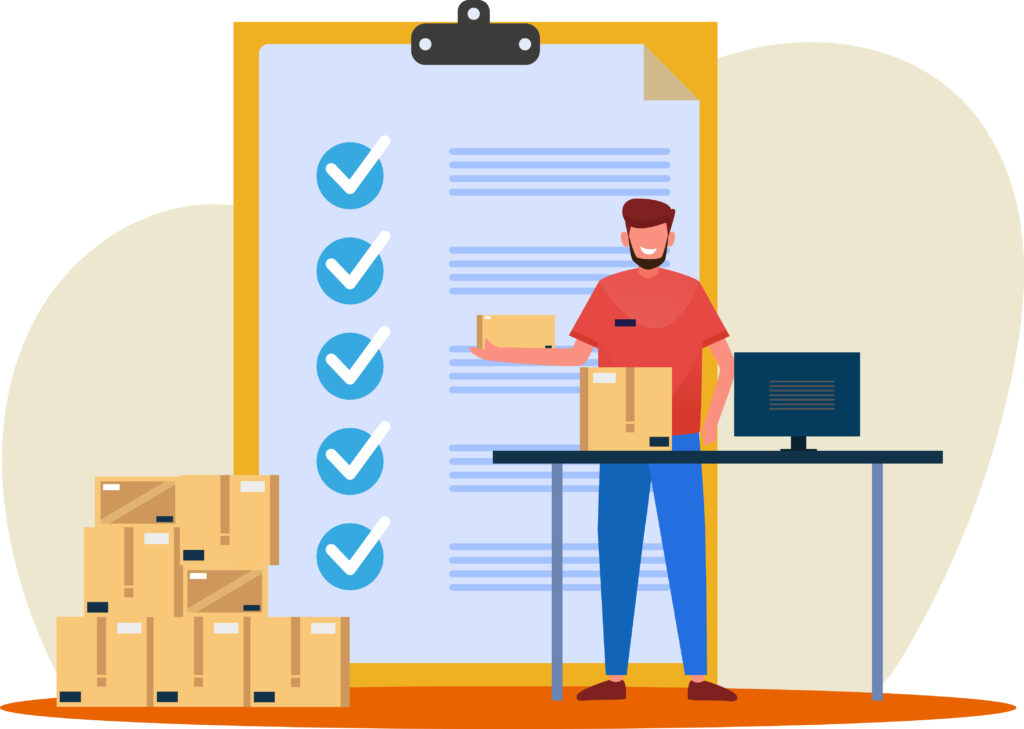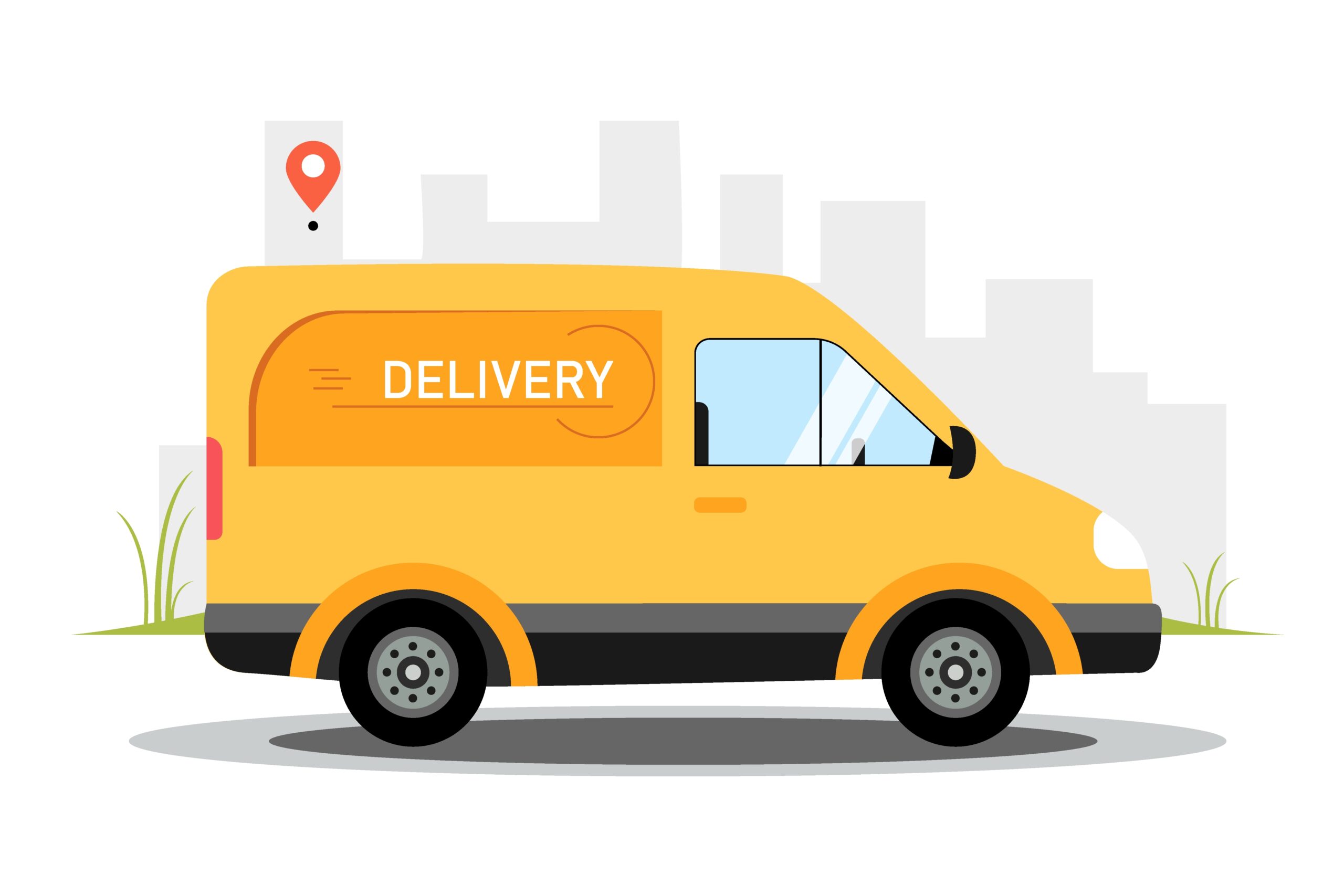Lots of businesses use fleets to deliver or move products.
However, these fleets need to be monitored and optimized for a successful operation – this is where fleet management comes in.
But what does fleet management mean?
In this article, we’ll give you all the information you need to know about fleet management.

What does fleet management mean?
Fleet management is the administrative practice that allows businesses to manage work vehicles (primarily delivery).
The primary goal is to optimize the fleet. Fleet management can also help reduce costs, improve efficiency, and ensure all drivers meet the regulations.
What is a fleet manager?
A fleet manager oversees all vehicles in the fleet. They ensure drivers and vehicles are being used in the most efficient and effective manner.
Their tasks include, but are not limited to:
- Vehicle maintenance and inspection
- Vehicle tracking (performance, record keeping)
- Set driving schedules
- Provide route optimization
- Manage performance and expenses
A good fleet manager will utilize technology to their advantage. It can be difficult to manage all aspects of fleet management. There are a number of softwares that can work well in optimizing or automating tasks.

The importance of fleet management
A fleet is often one of the most expensive assets for a business. Some companies have thousands of dollars used up with a whole fleet of vehicles.
Managing these fleets is vital to ensure everything is optimized and operating smoothly. Here’s their importance.
Clear Visibility
Fleet managers can have a clear insight into the fleet and optimize accordingly. They’ll also be able to view things like routes, mileage and real-time tracking.
Save costs
There are a lot of costs that come with having your own fleet. Fuel costs and nonefficient routes can eat up unnecessary costs.
Fleet management can help streamline these costs. It can set the best route for a business, so drivers take the most efficient route.
Higher productivity
Downtime, delays, and idling are all things that impact your driver’s productivity. The fleet manager can use software to track drivers’ time, behavior, and driving patterns.
This data can then be used to further limit negative drivers’ productivity. Drivers can always be on the most efficient routes or optimize their time better.

Using fleet management software
Fleet managers or business owners willing to use technology within their practices can stay competitive and continue to achieve success within their drivers.
By having an overview of data across all of the fleets, businesses can create efficient and effective drivers while ensuring awareness of everything operations.
Key takeaways of fleet management software:
Real-time updates
Most fleet management software offers GPS tracking to monitor each driver’s location. This will allow the fleet manager to see all vehicles, and monitor the driving route and their estimated time of arrival.
Managers can then make adjustments accordingly whether that’s notifying customers of delivery discrepancies or optimizing a driver’s route.
Customer satisfaction
Handling delivery for your business can be difficult. Customers are expecting better and faster delivery experiences. Fleet management software can help you meet the needs of your customer by streamlining delivery.
Customers could receive updates about their package in real time whether it’s on time or delayed. Businesses can also automatically send delivery updates by using the software to ensure they’re meeting the needs of customers.
Set up a fleet with Breadstack
Looking to manage your own fleet of drivers? Breadstack can help. Manage your own fleet of drivers or leverage onfleet integration to provide quick delivery.
Don’t worry about third-party delivery services. You can create your own delivery experience for customers.

